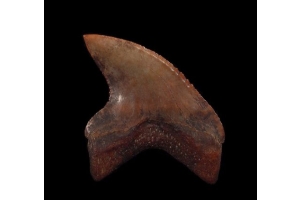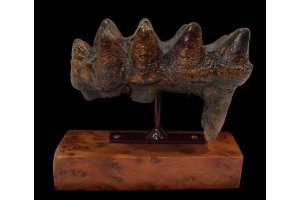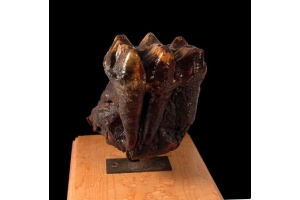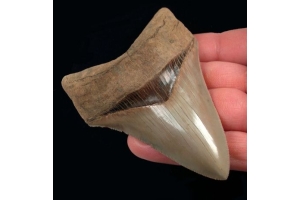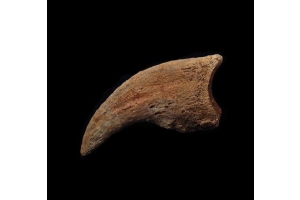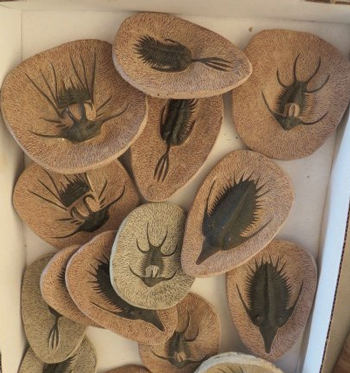
While trilobite preparatorsand seasoned collectors can skillfully observe and identify fake trilobites, displayed in numerous fossil shows, new trilobite enthusiasts and collectors, who are unfamiliar with how fossils are fabricated, often fail to recognize faked specimens. This lack of knowledge and experience is tremendously increasing the market of fake fossils traders.
But if you don’t want to fall for such fake, take note of mentioned clues below that help you identify fake trilobite in no time.
Air bubbles are signs on resins
The presence of tiny holes, not bigger than a half-millimeter in diameter in exoskeleton or matrix, should ring the bells. The curing of casting resin creates the formation of bubbles that often create small holes when they burst.
Differences in matrix color
The difference in matrix color indicates a fake cast and those two different specimens have been fixed together. Closely observe the matrix and look for fine lines that separate two colors. For instance, if you notice the matrix adjacent to trilobite fossil is light or dark brown while the underside of the matrix is extremely dark gray, the cast is fake. Frequently, you will find preparation marks to hide small holes and to cast together trilobite with an adjacent matrix to give it a possible authentic fossil look.
Cracks through trilobite fossils indicate authenticity
Many trilobites are commonly found in compressed layers of shale, and are exposed by splitting the matrix. However, many Devonian trilobites are usually three-dimensional and are found in hard limestone. You will see fine cracks lines through these trilobites. These cracks occurred in the process of exposing the trilobite. Fossil trilobitesin a limestone matrix without the presence of residual cracks through the fossil and matrix are mostlyfake.
Characteristics of exoskeleton give clues of fakery
The exoskeleton of Devonian trilobites is typically black; however various shades of brown with a hint of green are also common. But when you notice a trilobite in different colors or is unnaturally shiny, chances are the particular specimen is fake. Some collectors test the authenticity by biting the specimen (putting slight pressure) with front teeth as fake fossils feel soft like plastic to the bite. This test is safe because the biting of teeth never damages authentic trilobite specimens.
Now you know various helpful points to identify the fakeness or authenticity of trilobite fossils. The best possible way to avoid investing in the wrong or fake specimens is buying them from trusted websites. Find a knowledgeable dealer and ask questions about their inventory. You can explore an authentic collection of trilobite fossils on Buried Treasure Fossils.






